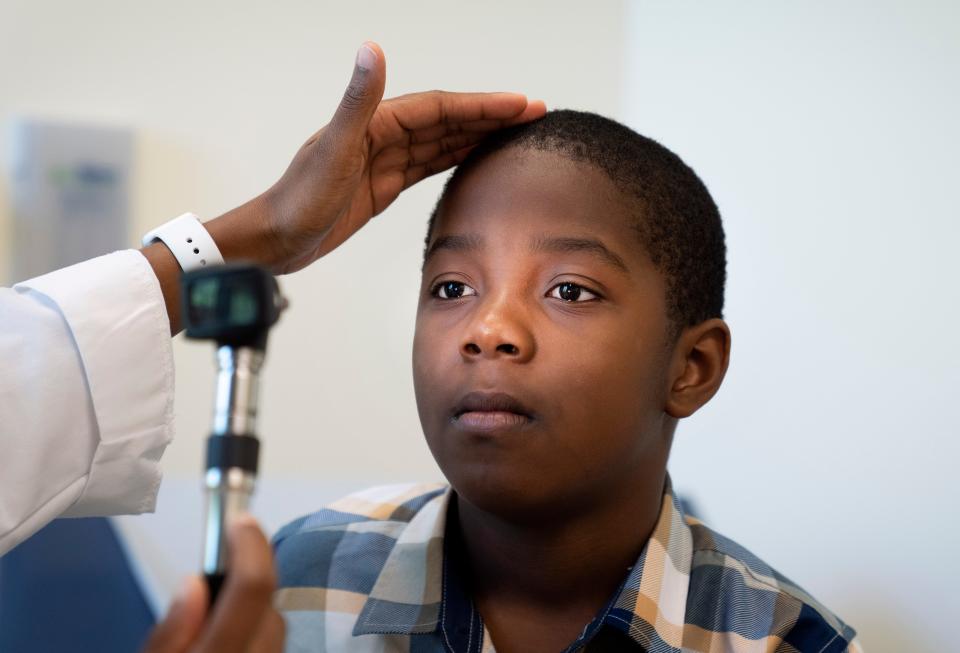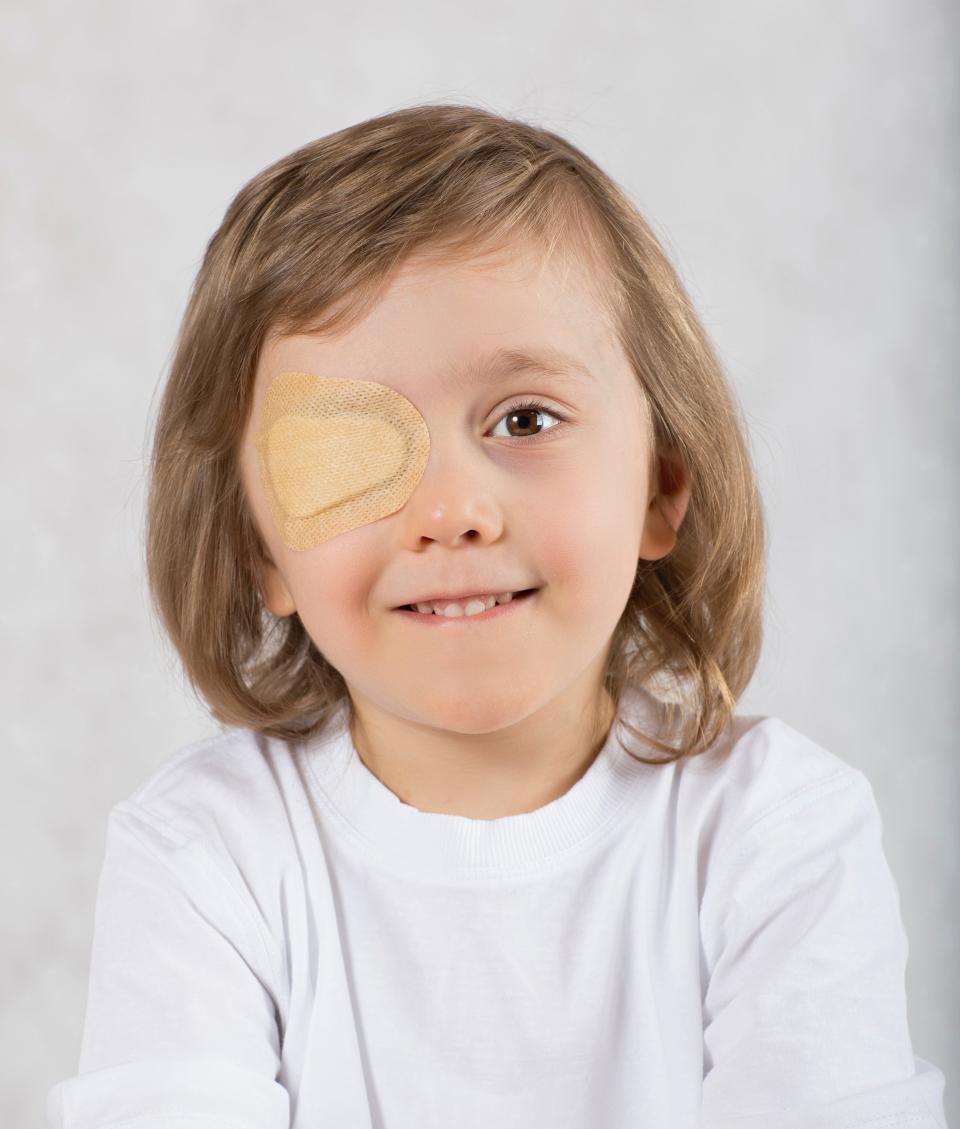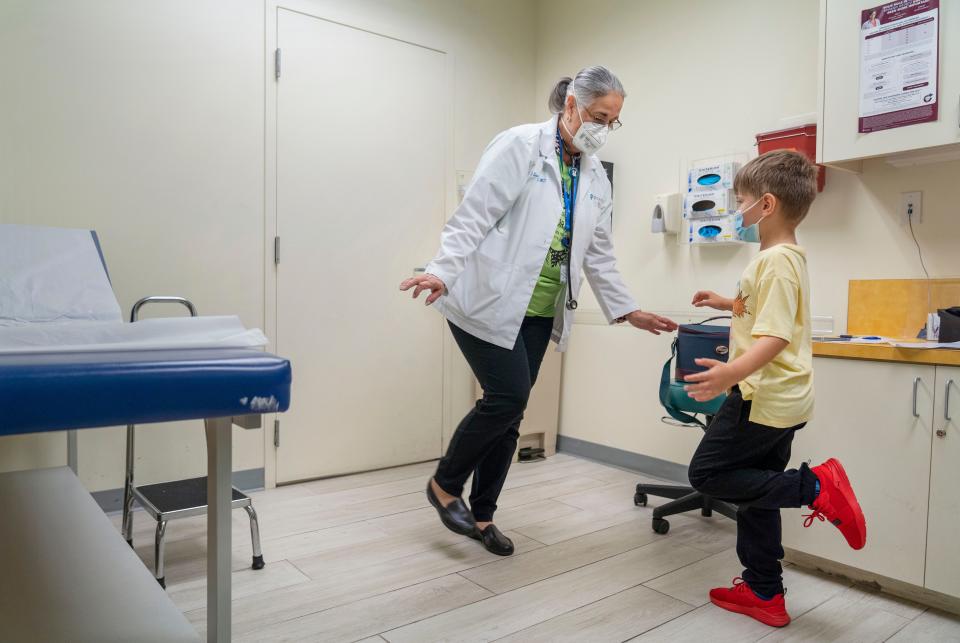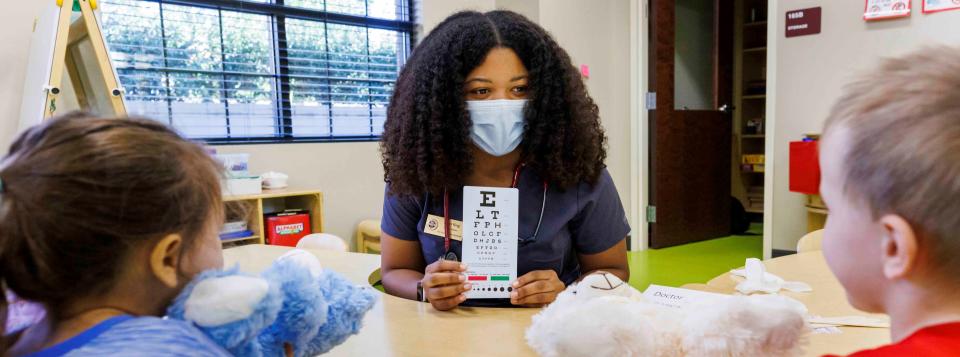Learn to spot amblyopia in a child and get proper treatment | Mark Mahoney
As we enter the new school year one important area that often doesn’t get enough attention is amblyopia. This is an eye condition — commonly known as lazy eye — that generally affects young children. However, if untreated, amblyopia will continue to affect a person into adulthood and can cause vision problems or even total vision loss in the amblyopic eye.
In the past, I worked for an international Non-Governmental Organization in South America, and this condition was a significant problem affecting children. Today’s column provides some “basics” related to this condition. The information comes largely from the Campus Eye Center in Pennsylvania.
Shrinkflation: Groceries not lasting as long? This may be the cause | Mahoney
Unhealthy choices: Ultra-processed foods can affect eating behavior | Mahoney
Make a difference: New breast milk donation site opens in Leon County in partnership with Healthy Start

What is amblyopia?
Our eyesight is reliant on our eyes developing a good working relationship with our brain. Even though we often associate having a lazy eye with visual cues that one eye is wandering or not as strong as the other, amblyopia often goes undetected in children because causes and symptoms vary.
Amblyopia begins in childhood and can start during infancy. When this visual impairment is present, your child’s brain and eyes are not properly working together. Often, one eye is weaker and cannot see or function properly. As amblyopia progresses, the weaker eye may have a hard time communicating with the brain, or the brain may start to ignore the amblyopic eye altogether.
As your child grows, so should their visual development. Since an amblyopic eye may not appear as a crossed eye or lazy eye, scheduling routine eye exams may be the only way to determine whether a neurological or vision problem is present.

Symptoms of amblyopia
As noted, amblyopia can begin during infancy, making it hard to detect without regular eye exams. As your child ages, you may notice an inability to follow objects with their eyes, crossed eyes, or one eye wandering to the side. You might also observe your child rubbing, squinting and complaining of headaches.
Some of these symptoms are visually easy to spot, while others may seem like normal behavior for a small child. However, left untreated, any of these symptoms can lead to more significant vision problems as your child gets older.
Once your child starts school, you may notice they are unable to focus at school, have a hard time learning and completing homework, or begin acting out.

What causes lazy eye?
There are three leading causes of a lazy eye — deprivation, strabismus and refractive errors. Our vision development is most important during childhood, and each of these causes can lead to vision impairment or vision loss in the weakened eye without treatment.
Other causes of amblyopia may include age, genetics, premature birth and other eye or vision problems.
Deprivation
When amblyopia is caused by deprivation, light is unable to enter the eye. A droopy eyelid or cataract (a cloudy eye lens) may block light from entering the eye and cause the brain to ignore that eye.
Strabismus
Strabismus is one of the most noticeable amblyopia symptoms, because one or both eyes may wander. Even so, the misalignment of one or both eyes may be slight. With crossed eyes or just a single misalignment, the brain will favor the straighter eye. The misaligned eye may be ignored entirely by the brain to overcompensate with the stronger eye.

Refractive efforts
A refractive error — such as astigmatism, farsightedness or nearsightedness — may be much worse in one eye than the other eye. The brain will favor the eye that has fewer refractive errors. This will cause the weaker eye to have significantly less visual development.
Does amblyopia worsen with age?
Even though the visual impairments from amblyopia begin in childhood, they can continue into adulthood with worsening symptoms if left untreated. Still, children with untreated amblyopia may have permanent vision loss before they even reach adulthood.
As your child ages, the amblyopic eye will continue to lose strength and vision abilities. The brain will also continue to ignore the amblyopic eye and favor the stronger eye.
Can amblyopia be corrected?
Several treatment options are available to strengthen the amblyopic eye and increase the brain’s response to that weaker eye. If your child is diagnosed with amblyopia early enough, it can be corrected. Several adult studies have also shown some increase in the function of the amblyopic eye after treatments or vision therapy.
Treatment options for lazy eye
Treatments for amblyopia include using an eye patch, glasses, atropine drops, vision therapy and surgery. Introducing an eye patch to cover the stronger eye is the most common treatment for a lazy eye. Having to use the weaker eye gives it a chance at strengthening and communicating more with the brain.
You can use an eye patch in conjunction with other treatment options. For example, strabismus amblyopia often requires surgery to correct a misaligned eye. However, you will also see the use of an eye patch even after surgery to give the weaker eye a chance to strengthen in visual development.
The column is meant for general informational purposes only. Please consult an eye care professional for specific recommendations.

Mark Mahoney served as a Peace Corps Volunteer for over four years in Latin America, has been a Registered Dietitian/Nutritionist (R.D.N.) for over 35 years and completed graduate studies in Public Health at Columbia University. He can be reached at marqos69@hotmail.com.
This article originally appeared on Tallahassee Democrat: Eye health in children: Learn about amblyopia symptoms, treatment

